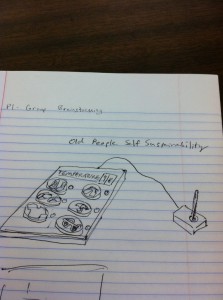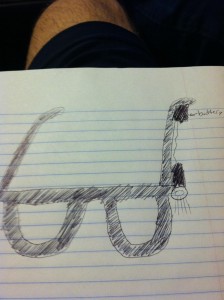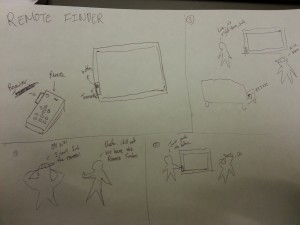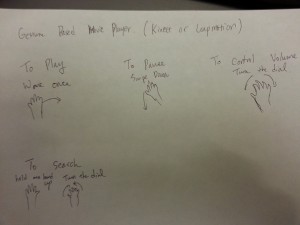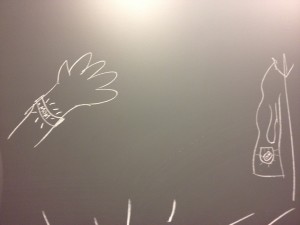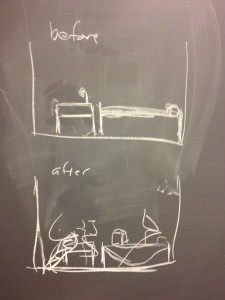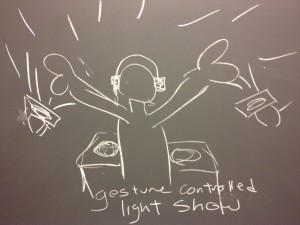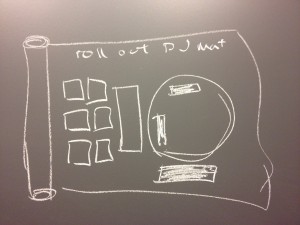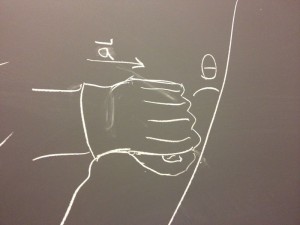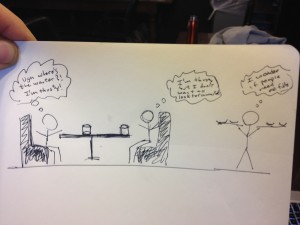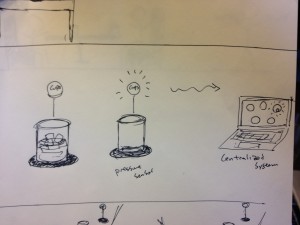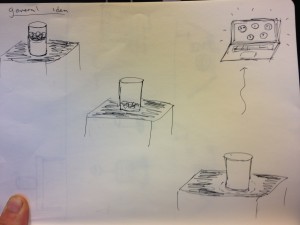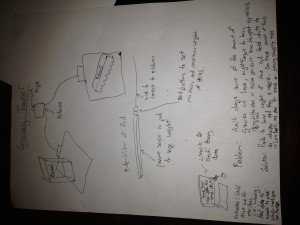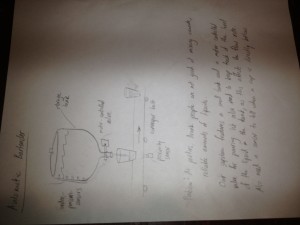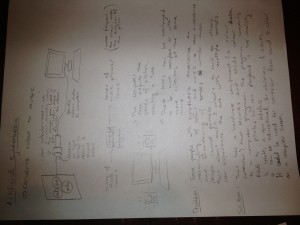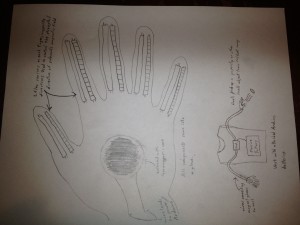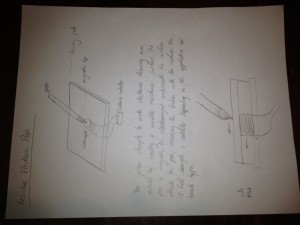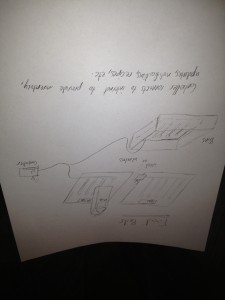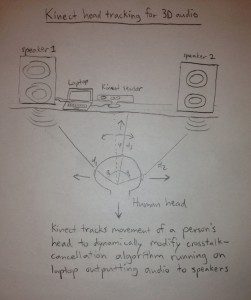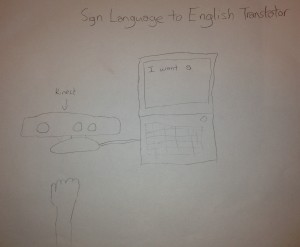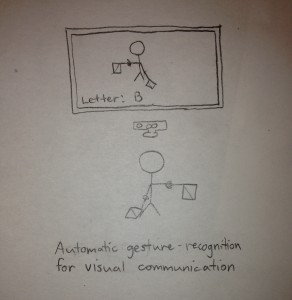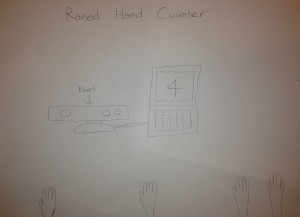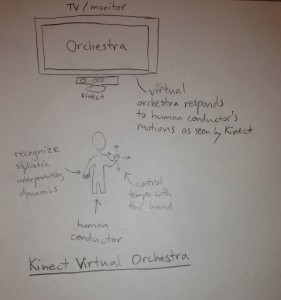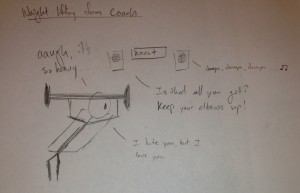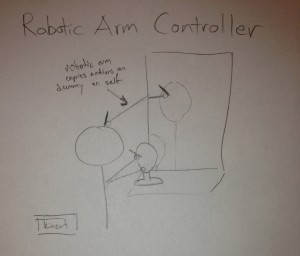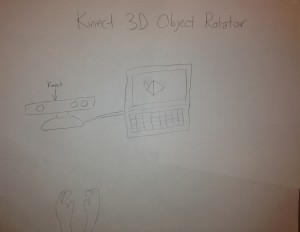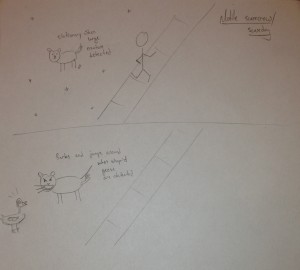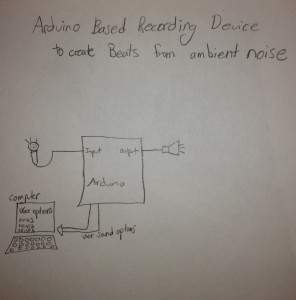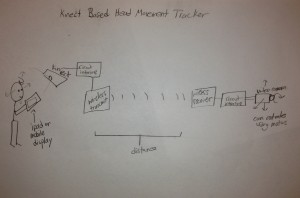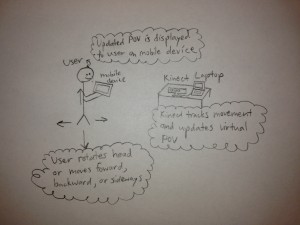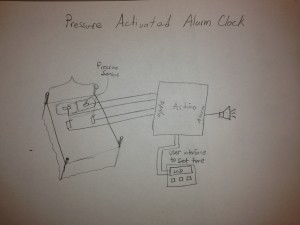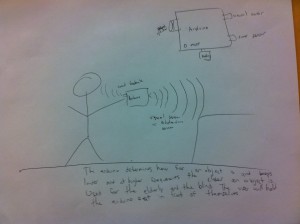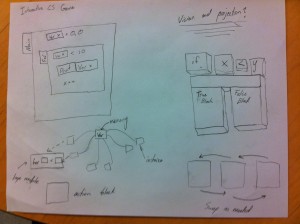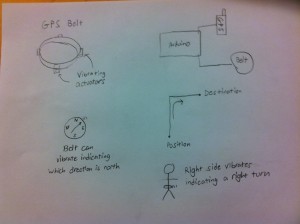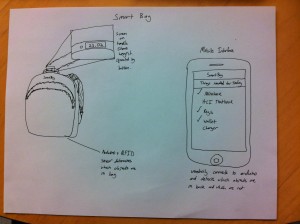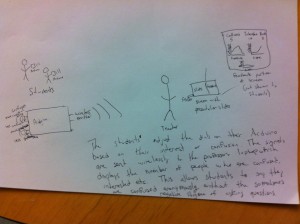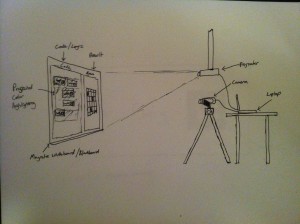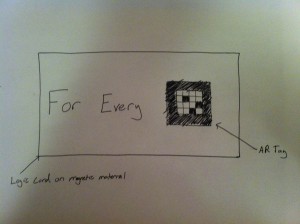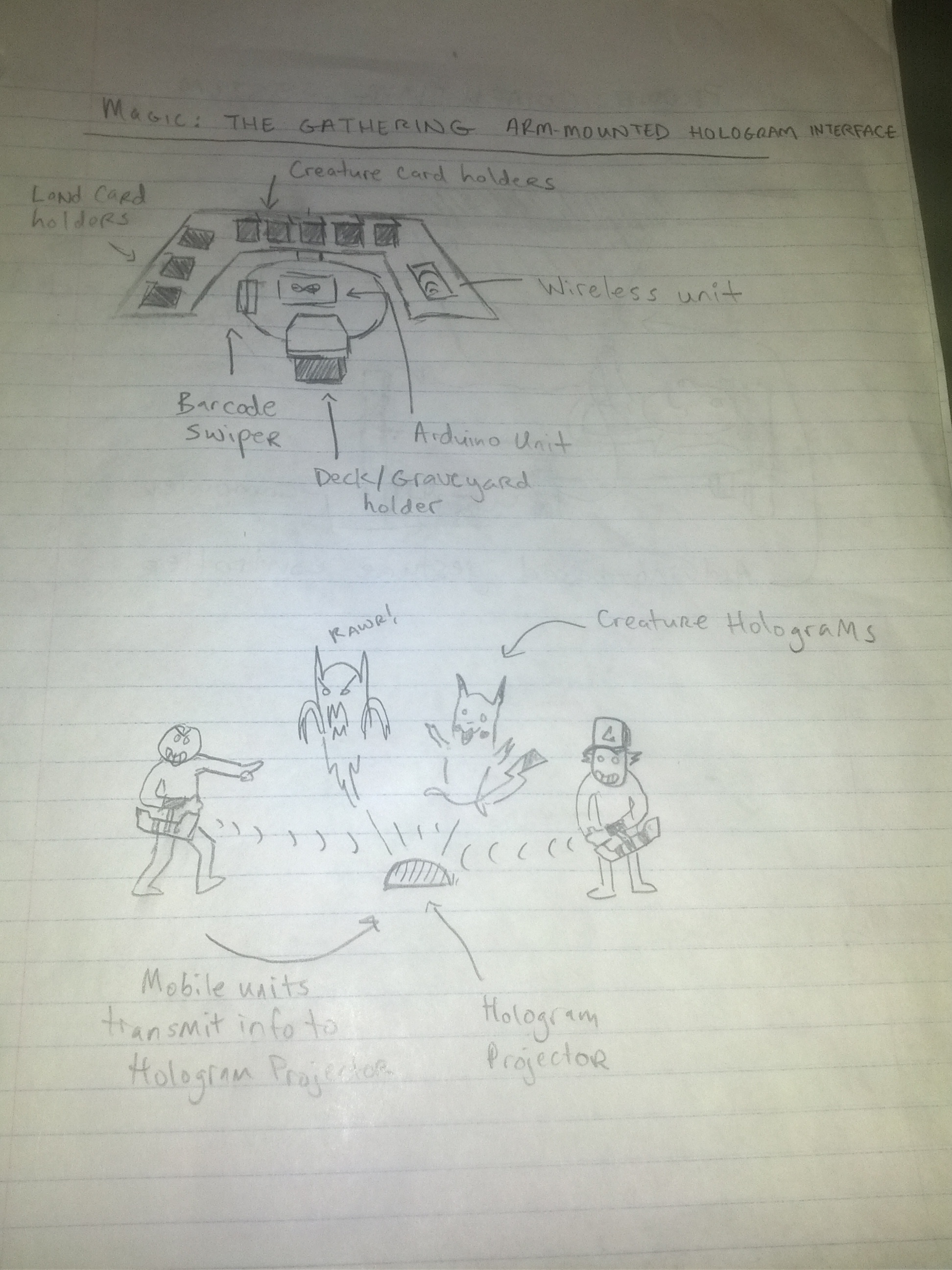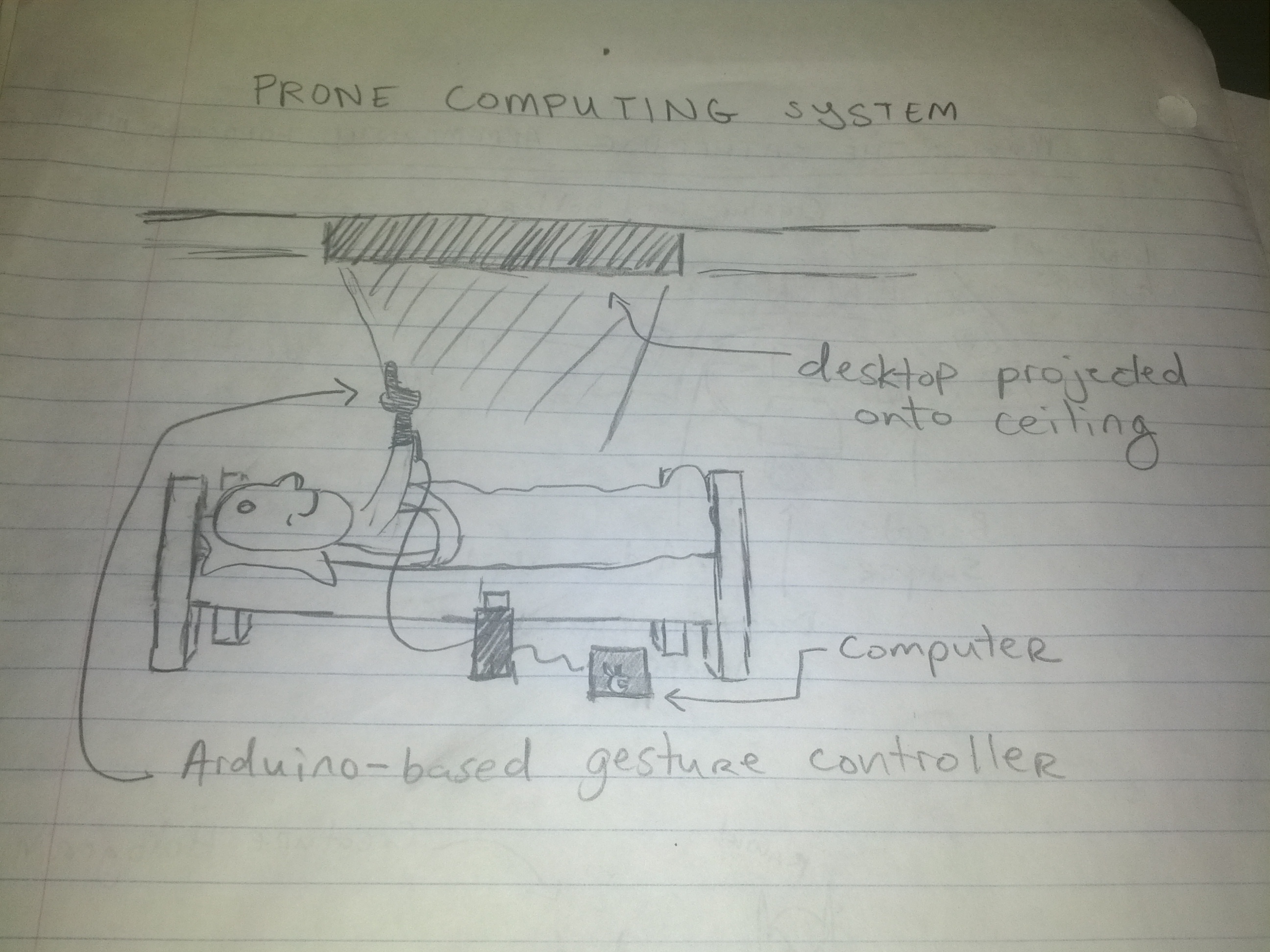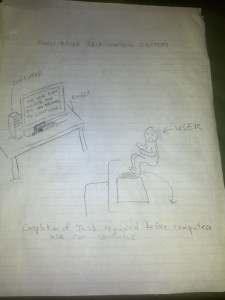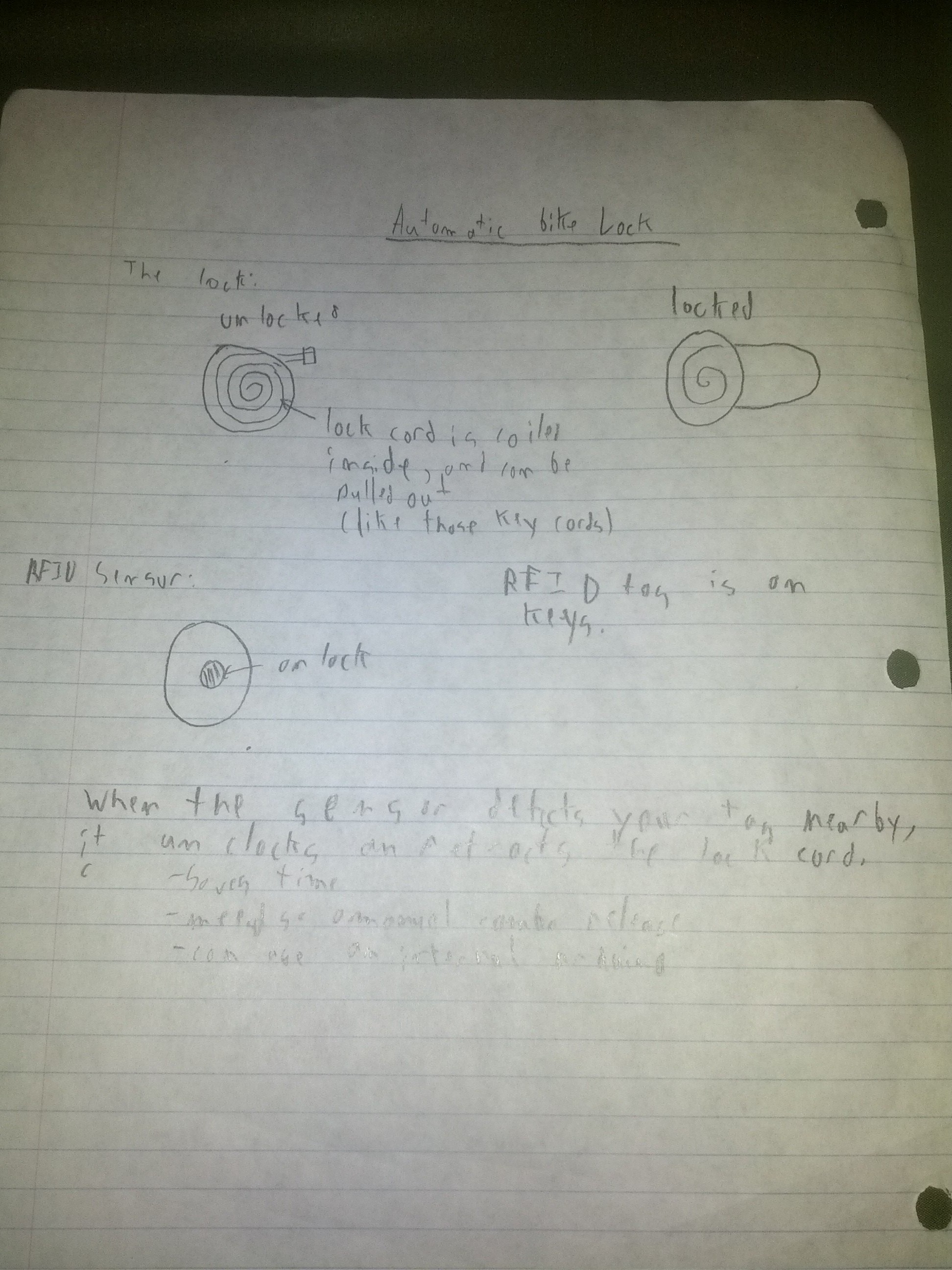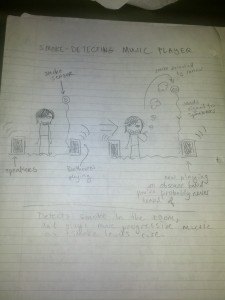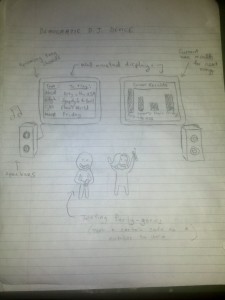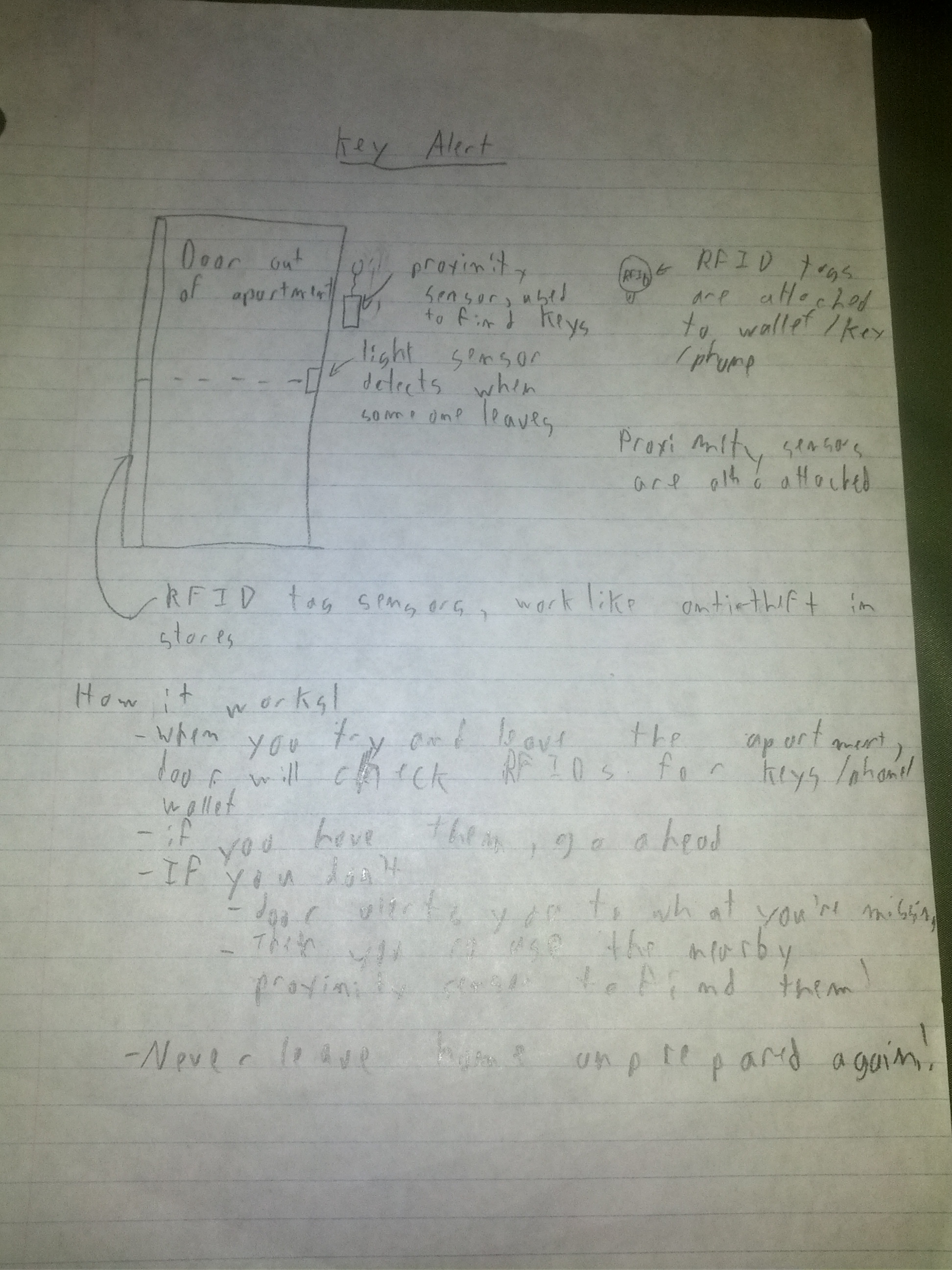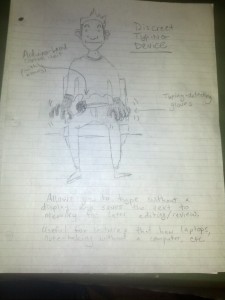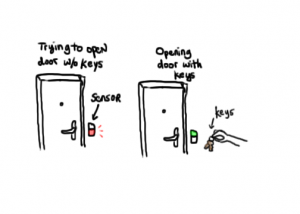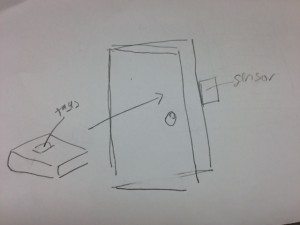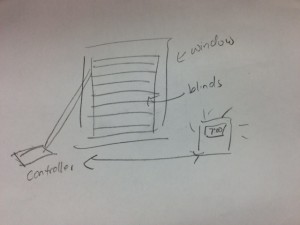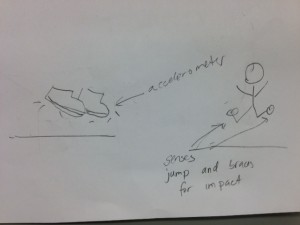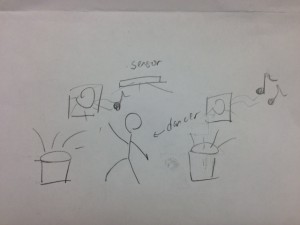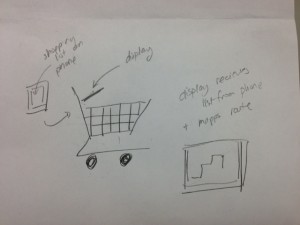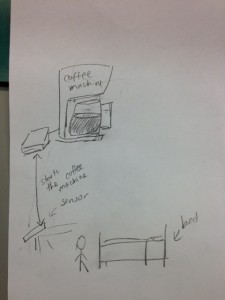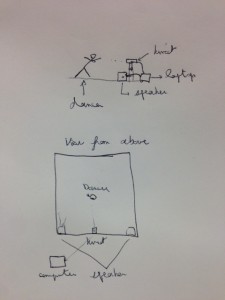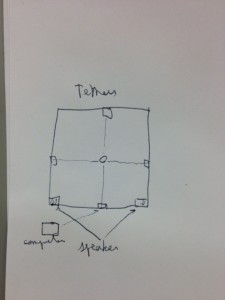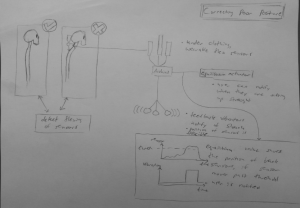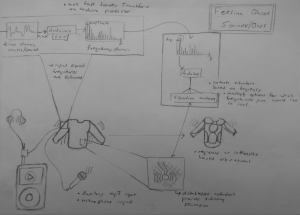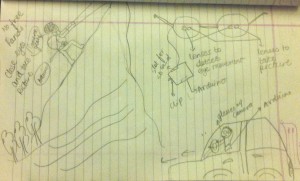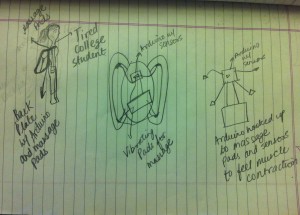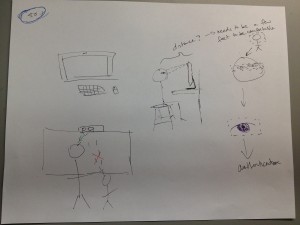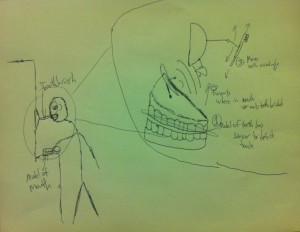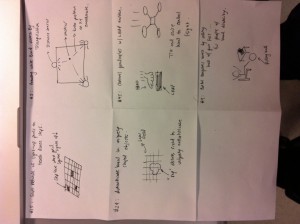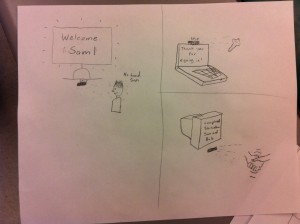- Losing items (tags, training, warning for ‘out of order.) / forget proxes, keys, etc.
- No date for Valentine.s Day/Speed Dating (compatibility tools, remotely trigger incidental things) (note: we compiled this list on Feb. 13)
- Not knowing how to approach a girl (text about relevant details)
- Don’t know when there is no reception/signal on a phone, etc.
- Don’t know when your phone has vibrated
- Temperature control
- Not knowing point A to point B, or the travel time of point A to point B
- arrows on brim of hat, accustoms to your avg. walking speed)
- Waking up snoring kids in lecture
- Non first-world-problems:
- Monsoons destroying farms (either prevention OR facilitating repairs)
- Political corruption
- Transporting water over large distances
- Embedded water quality sensor
- Waiting for elevators/Call elevators earlier
- Folding clothes
- Typing forces you to find a flat surface and use both hands — egg-shaped keyboard in your pocket?
- Kinect teaching clothes matching/right fashion
- Printing/reminders to do tasks in certain areas as you pass by them
- Measuring awkwardness level
- Discovering who’s a mean person
- Selfadapting clothes (to temperature, i.e. ski pants with auto venting)
- Lying down but laptop doesn’t go sideways
- Detect when the refrigerator/cupboard/sock drawer is empty
- for that matter, it’s sometimes unclear if the fridge is working at all
- Bad singers are really annoying — it’d be nice to automatically autotune everyone around you
- Getting a stuck song out of head
- Not knowing when subway/transportation shows up
- How much money left on a metro card
- Clothes online: don’t fit (kinect, shoes) or DIY measuring of your body
- Staying awake in class head nod/accelerometer, need info on how people fall asleep, have the target user be the lecturer?)
- Waking up for lecture (sleep cycles?)
- Starting to rain, leave now or 5 minutes from now?
- not knowing whether to bring an umbrella — have the umbrella stand flash when it’s about to rain?
- Bad drivers/ anything to dissipate road rage
- Reading a book on a treadmill (have book bob up and down with you/display 1 word at a time)
- Remembering people’s names
- Way to trigger something remotely — ChemE friend needs to walk all the way to the E-Quad just to turn a knob
- Timers on events
- Knowing when things are done baking — keep jabbing until food is done? thermometers? scent measuring?
- Microwaves too — alert you when your meal is heated all the way through
- Don’t want to burn the house down by accidentally leaving the oven on overnight(every 1 hour the oven is on, alert?)
- Drunk people (noise too loud call Psafe)
- Watch/clock changes (emoticon faces?) based on time of day or if you’re late for scheduled events (programmed into it, or it is synced with your google calendar?)
- New GPS system interface involving glove with LED lights (as opposed to using your smart phone)
- Telemedicine/using a machine for testing physical ailments (i.e. arm sock + pressure sensors)
- Wanting hugs
- Maintaining longdistance relationships in general
- Health issue, avoid germs spread via contact by using gestures to open doors, windows, cabinets/Specific gestures as a password. ESPECIALLY BATHROOMS!!!
- Dance to turn off alarm (shake your booty, oh yeah)
- For dance groups, being able to mark lines and formations (especially moving ones) with something other than tape on the floor (maybe LEDs embedded in the floor you can activate somehow, or projector on ceiling)
- For joggers/cyclists, being able to trace out circular routes for training (current map apps just calculate quickest or shortest route from point A to point B.
- For sports teams, training glasses(?) used as a screen that show the proper form/followthrough for certain actions (i.e. being able to view a shadow or outline of someone doing a proper golf swing or tennis swing) using a kinect perhaps?
- A fridge that you can program what groceries go in, and based on how often you buy certain items, will inform you of where/what nearby stores those foodstuffs are on sale at!
- A phone with basic functions controlled by eye movement for when you.re in class or wearing gloves
- For dance groups or any interested party, all dancers have earphones/headphones and being able to sync up all the dancers with the same music; distributed realtime playback of music/videos/etc. on personal, discrete device
- Sharing multimedia experiences discreetly on discrete devices. (i.e. a series of tables have ‘domes’ or ‘transmitters’, as you get closer to a ‘dome’ or table, your personal device ‘tunes in’ to whatever video/channel/music that table is currently playing or set to. If you like it, you stay, if you don’t, you can jump to another table; alternatively you could share material and view shared material with all users within a dome area)
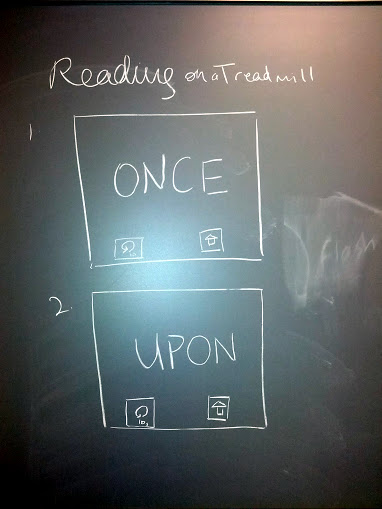
Flashing words one-at-a-time at very large font size on treadmill, to work around bouncing problem

Chorded keyboard to use one-handedly without looking and without flat surface, eg texting from inside pocket

Occasionally, students fall asleep in lecture and snore. Wouldn’t it be great if we could detect that and zap them awake automatically?

Project lines and formations onto the floor, because anyone in a dance group knows that marking up the floor with masking tape is a pain

Direction-finding without looking at a map! We’ve illustrated several potential ideas: a “magic compass” on your watch, arrows on the underside of the brim of your hat, a vibrating belt…

This pod broadcasts media to everyone around it, on their own screen.
The idea that we chose to work on was a hands-free method of providing directions. We think this is something that has wide applicability and is also a problem that we have personally experienced. In addition, the problem seemed of an appropriate size for a semester project, and had the benefit that after we framed the problem we saw several very different approaches to solving it that seemed viable, so there is room to explore.
Target User Group:
Our target users are people using smartphones to find their way around an unfamiliar city while their hands are busy.

Problem description:

The normal way people use smartphones to find directions raises two problems. Firstly, the user needs to hold the phone in his hand, which makes it difficult to perform tasks that need the use of both hands, and might also be uncomfortable if the user is outdoors in a cold climate. Secondly, the phone also demands the user’s visual attention, which could be distracting at best, preventing him from enjoying the sights of the place he is visiting, and possibly even dangerous, since pedestrians using it might not notice hazards like oncoming vehicles while crossing a road. In addition, obvious displays of wealth (such as a smartphone) are bad ideas when traveling, if the user is worried about theft. Our solution will need to be lightweight, because it will often be used when traveling in a foreign place, possibly having arrived via airplane; it will have to stand up to reasonable amounts of jostling, moisture, and pressure; it needs to be as close to absolutely failproof as possible or at the very least fail gracefully in a way such that the user can still find his way around; it needs to be intuitive to use, since users will probably not want to put in substantial learning time to use a system that they may not use very often, and the entire point is to put direction-finding in the background of the user’s mind, so that they can better enjoy the place they’re exploring; and it will need to be cheap and easy enough to make that we can iterate quickly — anything requiring large amounts of custom hardware that we cannot make ourselves will not work.Previous solutions to the problem include audio prompts (which are unintuitive, slow, and can block out outside sounds).
Platform

The key element of our proposed solution to this problem is a belt with many small buzzers embedded along its length, inspired by the haptic belt from Stanford’s AI lab. The buzzers along the belt will be controlled by an Arduino which in turn receives direction information from the user’s smartphone over a wireless link. This will be paired with an app in the user’s phone that will determine the user’s current location and bearing using GPS and then obtain routes from a publicly available mapping service and send signals to the Arduino to activate the appropriate buzzer on the belt to indicate the direction the user needs to move in. This is an appropriate solution because it is lightweight and simple, and an Arduino is really the only feasibly way to provide tactile output, which seems to be the best way to convey this information unobtrusively. Because the Arduino can’t download directions on its own, a smartphone is the best way to add extra CPU power, internet access (including access to an online direction-finding API), and GPS coordinates. We are also considering a number of other possible places to position the vibrating motors on the user’s body — an ankle bracelet, around the rim of a cap, one on each foot — but a belt is easy to use, much less dorky-looking than the other options, and it is in contact with the user’s body all the way around; it is also less prone to being knocked off or stepped on than other parts of the body.

